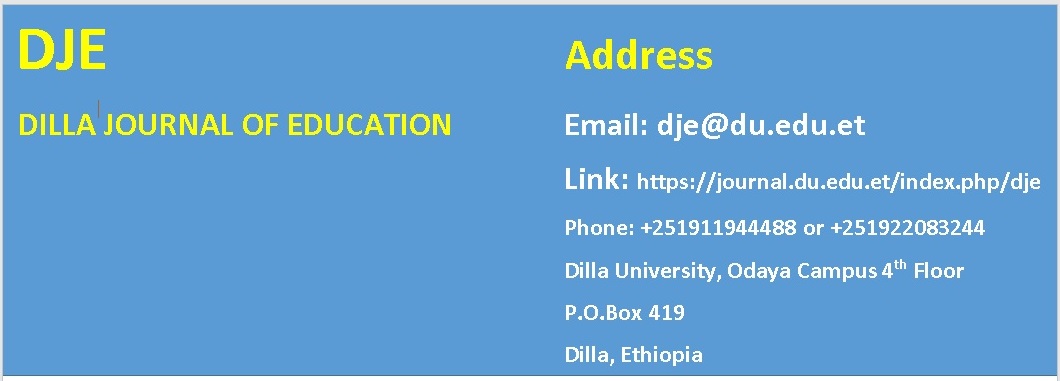Conflicts in Ethiopian Universities: Its Nature and Perceptions
DOI:
https://doi.org/10.20372/dje.v03i02.01Keywords:
Conflict, Nature of conflict, Perception of conflict, Ethiopian universitiesAbstract
University conflicts are becoming more numerous, diverse, and complex. Universities are currently dealing with a variety of internal and external factors and pressures, which affect the types and numbers of disputes that arise. Therefore, the study's primary goals are to investigate the types of disputes that are happening and how stakeholders perceive student conflict at universities. Two research questions were created in order to accomplish this objective. What sorts of confrontations occur amongst university students in Ethiopia? How do stakeholders view student conflict at universities? Data were collected from 394 research participants using both quantitative and qualitative data to help address these research questions. Multistage sampling was used. The study employed an embedded mixed research design, with qualitative data complementing the quantitative findings. The results of this study demonstrated that persistent conflict has been causing problems for institutions. Conflicts between ethnic groups that are motivated by politics are particularly common and hinder students' ability to learn. A significant observation is often believed that confrontation is usually unpleasant, negative, and damaging, conflicts tend to escalate, leading to more extreme behaviors. This narrow understanding excludes the positive side of the conflict, which, when managed effectively, can be advantageous to the entire community. Universities should actively instruct and train students about the value of their important mission of working with stakeholders to produce human capital. Politics should not be allowed to influence universities negatively.






